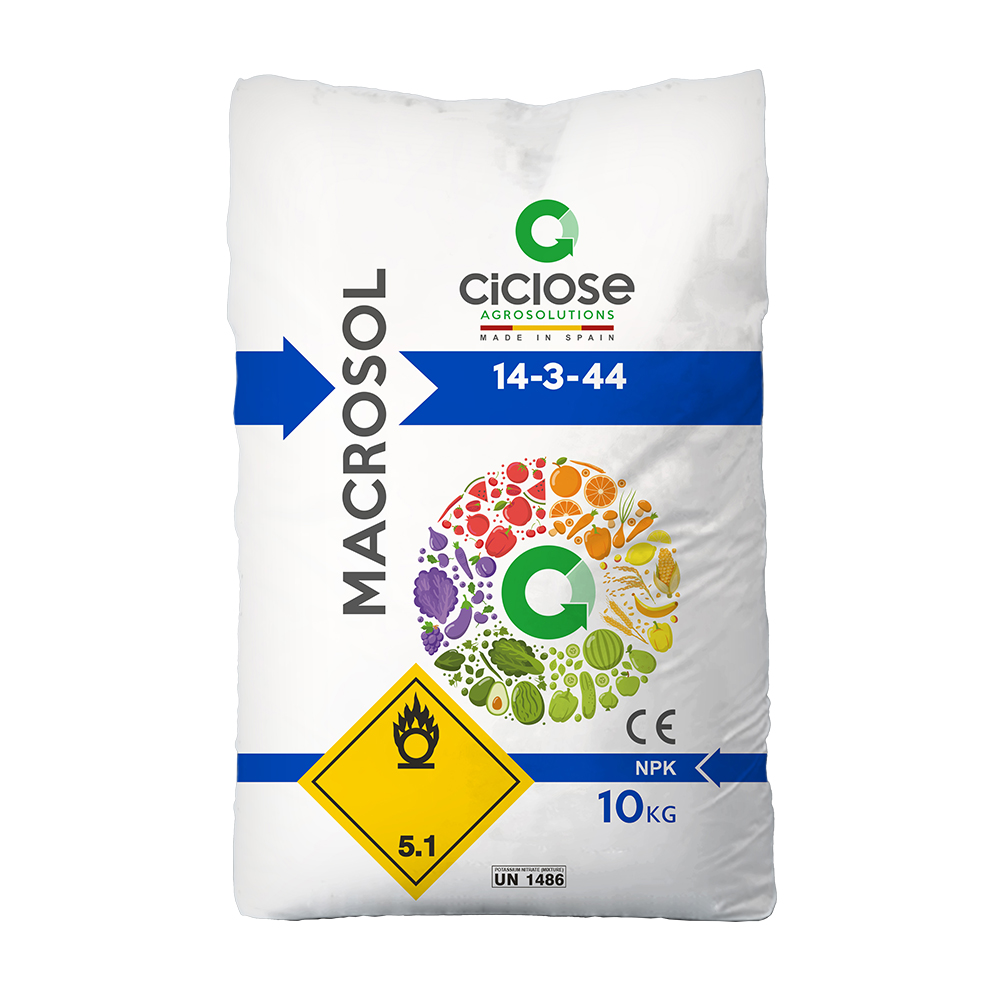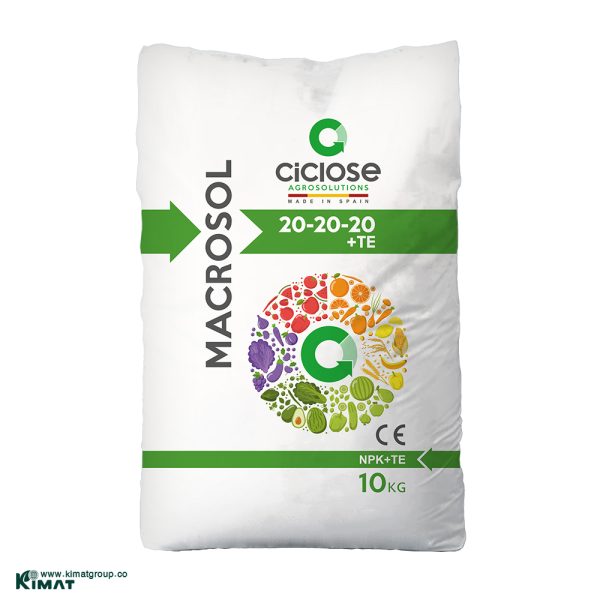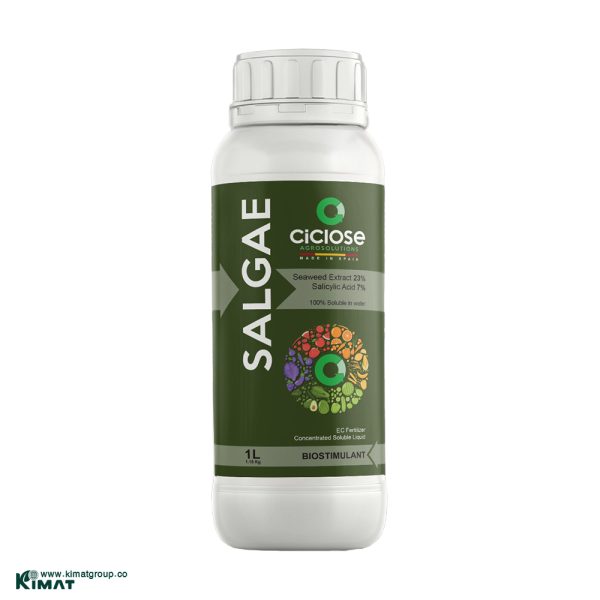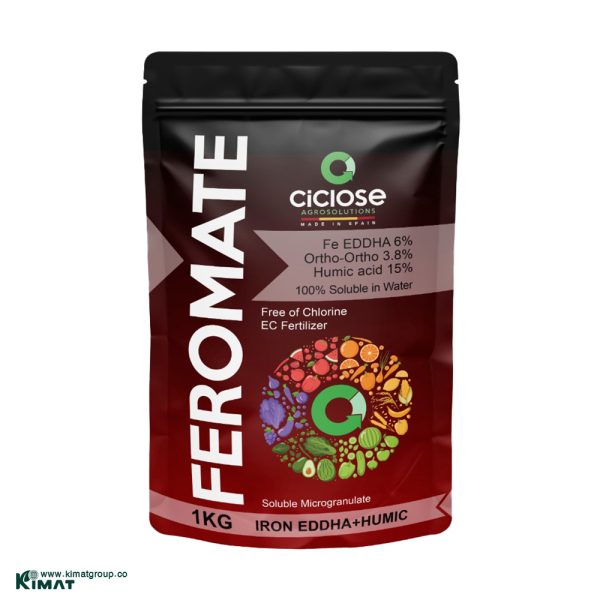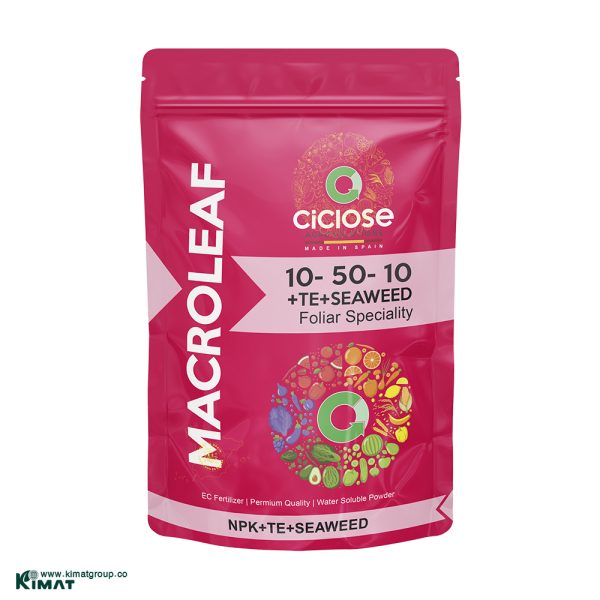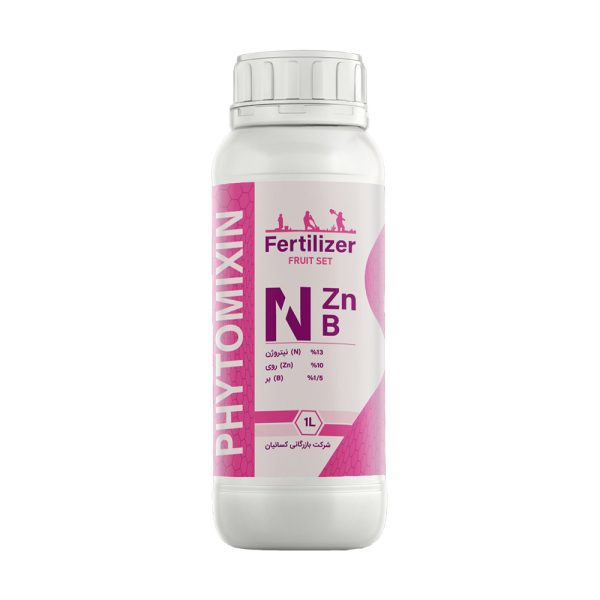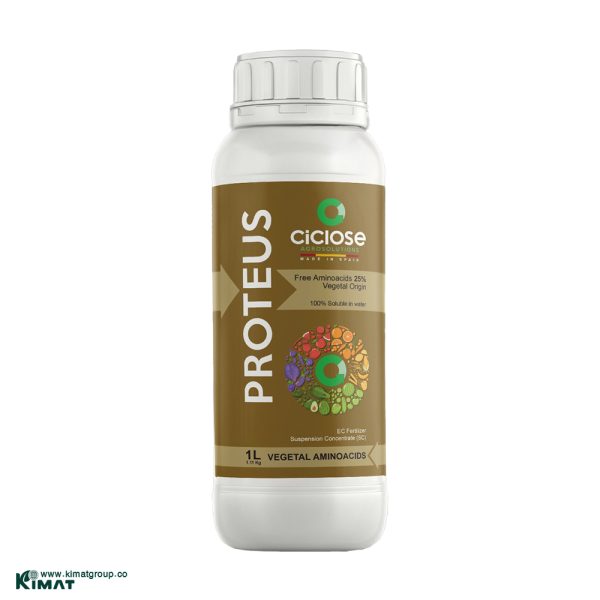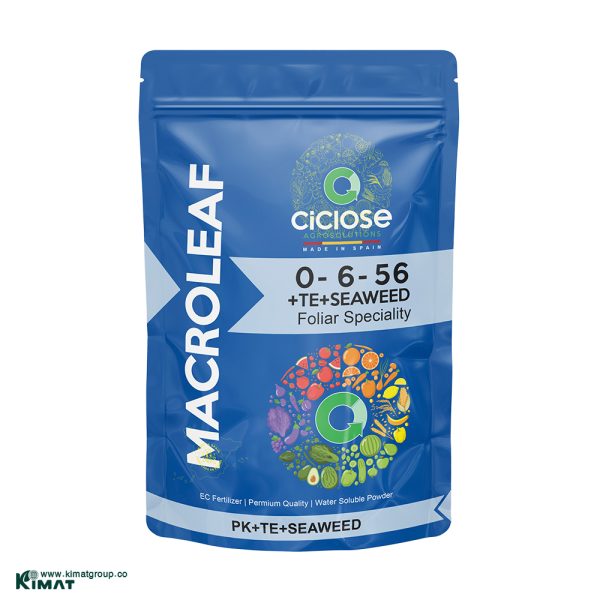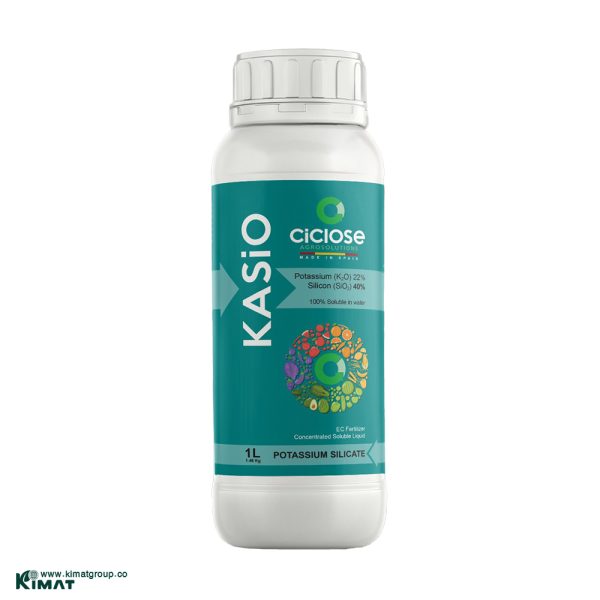Macrosol Potassium Nitrate with the formula 44-3-14 is a crystalline, fully water-soluble fertilizer that provides a rapidly absorbed source of potassium and nitrate nitrogen for plants. The presence of a percentage of phosphorus in this compound makes it a practical option for post-flowering and crop ripening periods. This fertilizer is free of chlorine, sodium, and harmful elements and is very suitable for irrigation and foliar spraying systems.
Macrosol NPK 14-3-44
MACROSOL NPK 14-3-44
Code registration number: 11732
MACROSOL NPK 14-3-44 is a water-soluble high potash fertilizer. This compound is specifically designed for fruiting and ripening stages and increases the weight, color, flavor, and shelf life of fruits. The high potassium content in this fertilizer plays a key role in sugar transport, plant resistance to stress, and improving the final quality of the product.

- Product introduction
- Features and Benefits
- Analysis
- Usage instructions
- Mixability
- Additional Information
- Increase size, color, flavor, sugar and final quality of fruit
- Improve the transfer of sugar and carbohydrates from leaves to fruit
- Increase plant resistance to drought, salinity and environmental stresses
- Stimulate controlled green growth without nitrate accumulation in the plant
- Rapid absorption by roots and leaves
- Effective in the photosynthesis process and energy metabolism
- Chlorine and sodium free, suitable for sensitive plants
- Sediment free, suitable for drip and sprinkler irrigation systems
- Reduce fruit drop and strengthen cell walls
|
Total nitrogen (N) |
13.6% |
|
Nitric nitrogen (N-NO3) |
13.6% |
|
Ammoniacal nitrogen (N-NH4) |
0.6% |
|
Total phosphorus pentoxide (P2O5) |
3.0% |
|
Water-soluble phosphorus pentoxide (P2O5) |
3.0% |
|
Water-soluble potassium oxide (K2O) |
43.8% |
Low chloride
Dose according to the crop’s nutrition requirements and agronomic conditions. Typical application rates range from 0.1-1 g/L drip solution for fertigation; 1-3 kg/100L Spray solution for foliar application.
Macrosol NPK 14-3-44
1. Safety tips for the user:
- When using, wear gloves, a mask, and protective glasses to prevent direct contact with skin and eyes.
- In case of contact with skin or eyes, rinse immediately with plenty of water.
- Avoid direct inhalation of product vapors or particles.
- Keep out of reach of children and animals.
- After use, wash your hands and face with soap and water.
2. Storage conditions:
- Store in a dry, cool place away from direct sunlight.
- Protect from frost and temperatures above 35°C.
- Close the product lid tightly after each use to prevent contamination and evaporation.
3. Precautions for the plant and the environment:
- Do not use more than the recommended amount, as it may cause leaf burn or disrupt plant growth.
- Spraying should be done during the cool hours of the day (early morning or evening) and in windless conditions.
- Perform a compatibility test before mixing with other fertilizers and pesticides.
- Avoid allowing residual solutions to enter water sources, rivers, and drinking water wells.
- If the product is spilled on the ground, clean it up with absorbent materials such as soil or sand and prevent it from entering the sewage system.
For precautions when mixing with other fertilizers and pesticides, the following points should be noted:
- Before mixing, perform a compatibility test. Mix a small amount of the product with the intended fertilizer or pesticide in a small container and check that no precipitation, discoloration, or abnormal reaction occurs.
- Do not mix with high calcium fertilizers (such as calcium nitrate) and compounds containing copper and sulfur. These compounds may cause precipitation and reduce effectiveness.
- Do not mix with strong alkaline compounds (PH above 8) such as some agricultural pesticides and detergents, as this may cause the breakdown of amino acids and reduce product efficiency.
- Be careful with mineral oils and petroleum-based compounds. In some cases, they may reduce absorption or stain the leaves.
- Mixing with systemic insecticides and fungicides is usually safe, but caution should be exercised regarding dosage. It is always recommended to test on a few plants before using on a large area.
- For liquid fertilizers and humic acids, mixing is usually straightforward, but the order of addition is important. Add water first, then amino acid, and finally other fertilizers to prevent settling.
- After preparing the solution, use it immediately. Prolonged storage of the solution may cause deterioration of quality and precipitation.
Additional information
| Weight | 10 kg |
|---|---|
| کشور تولید کننده | |
| موارد مصرف |


